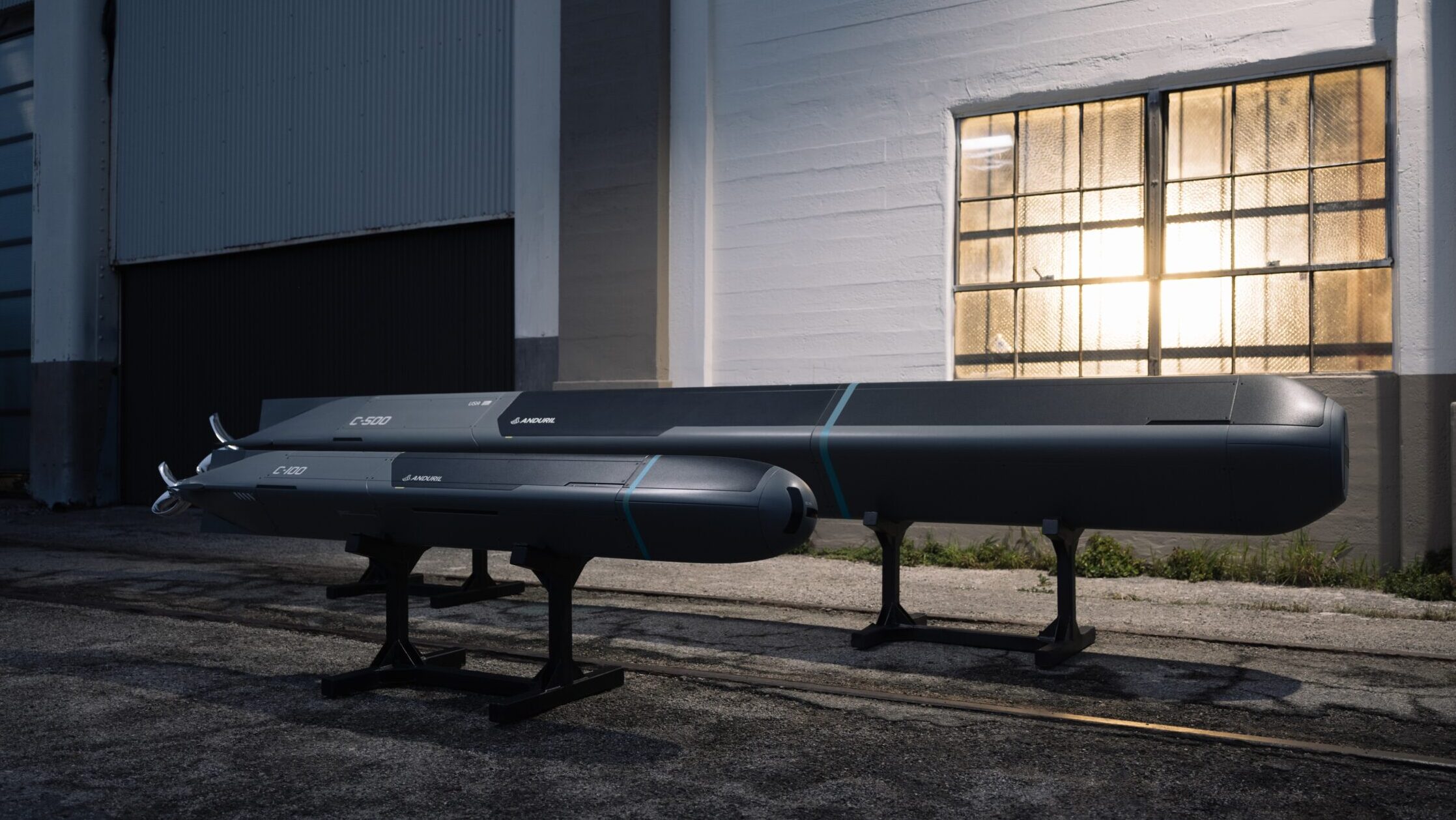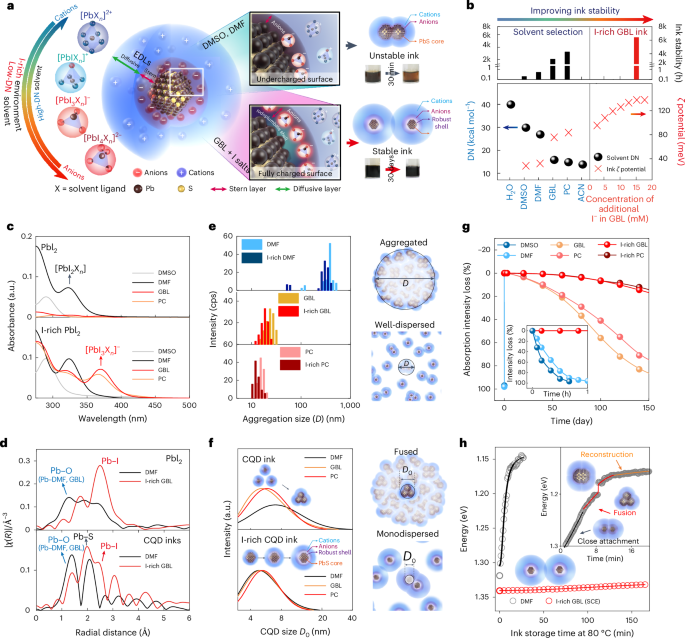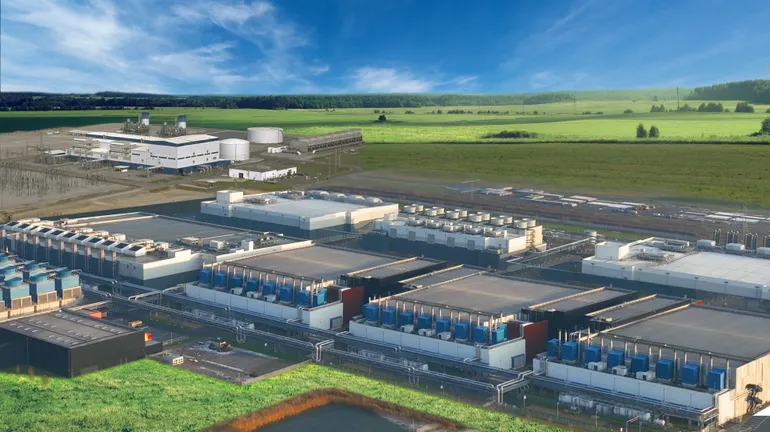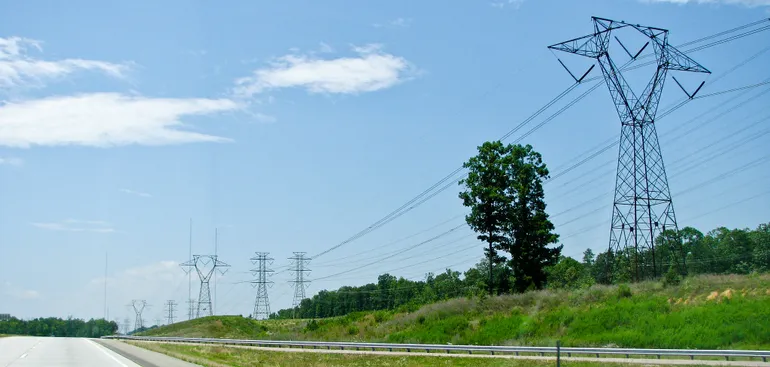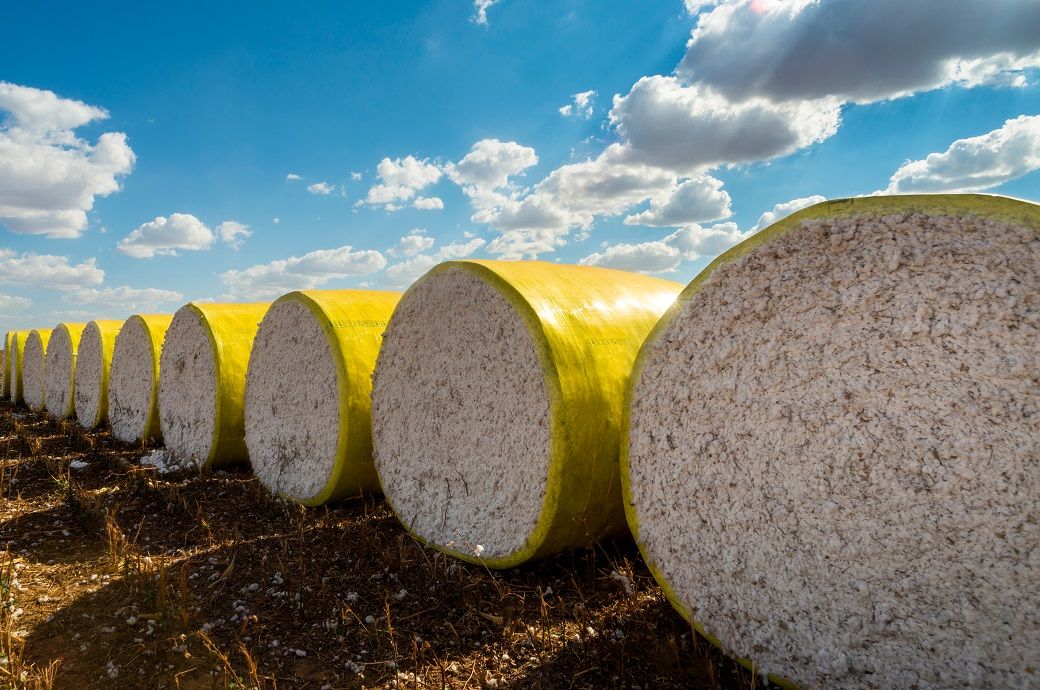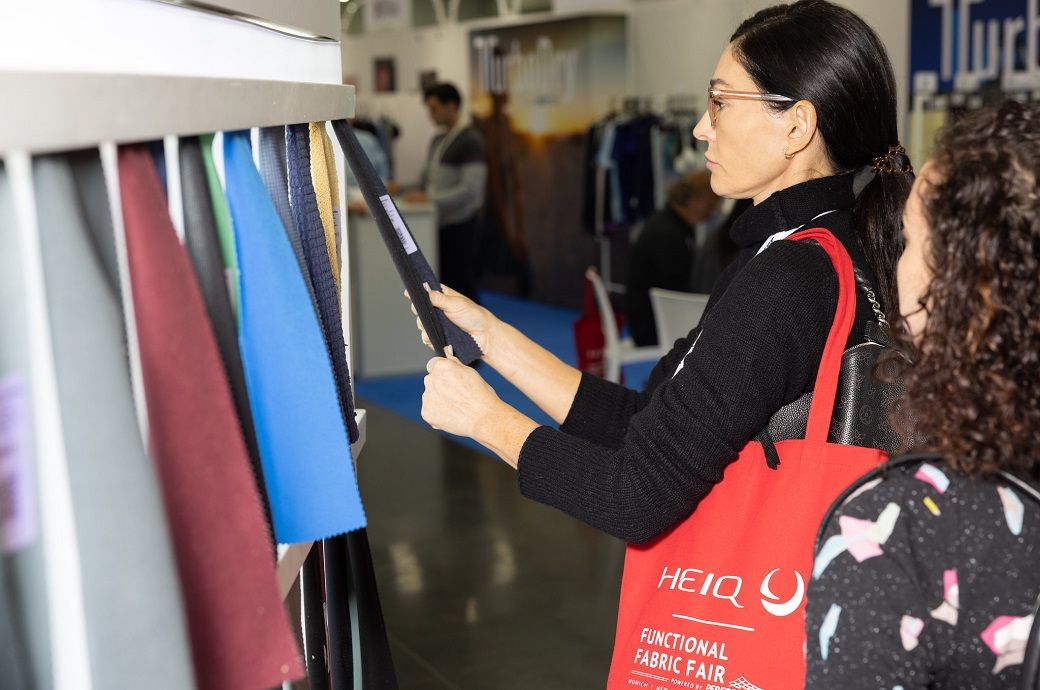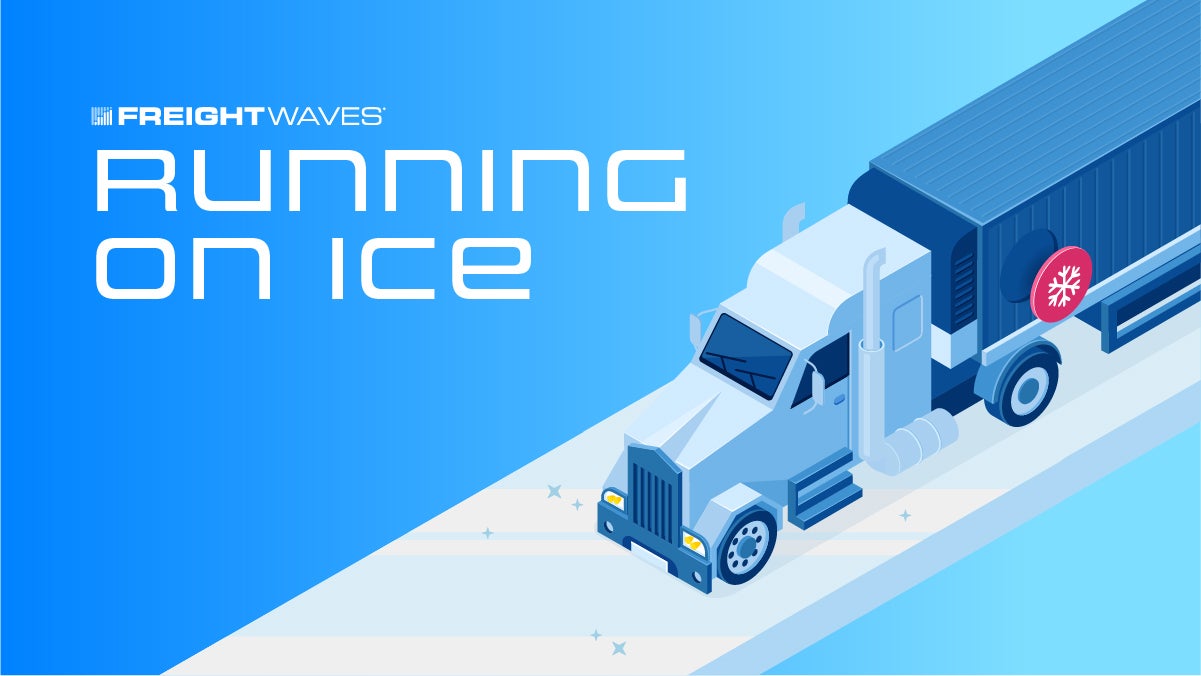How retail shoppers are driving changes in supply chains, demanding faster production and shipping times
While businesses continue to play a role in setting trends, consumers are now the driving force behind product demand. The post How retail shoppers are driving changes in supply chains, demanding faster production and shipping times appeared first on FreightWaves.


In today’s fast-paced digital age, a seismic shift has occurred in the consumer goods, food and beverage, and retail sectors. The balance of power has shifted away from corporations and squarely into the hands of the end consumer. This transformation, driven largely by the rise of social media, has fundamentally altered how products are conceived, marketed and delivered to customers.
Gone are the days when businesses were the sole arbiters of trends, dictating what products would be created and brought to market. While businesses continue to play a role in setting trends, consumers are now the driving force behind product demand.
Social media platforms have emerged as powerful tools, offering companies unprecedented real-time insights into what customers love, dislike, and crave more of. These platforms have also opened up a fast-paced sales channel that was unimaginable just a decade ago.
Not only are consumers more influential than ever, their expectations of brands and retailers are rapidly changing.
FreightWaves analyzed these trends in its coverage of the 2022 IBM and National Retail Federation global consumer retail study. The report revealed that 44% of consumers now choose products and brands that align with their personal values. This rise in “purpose-driven consumers” represents a new potential challenge – and a significant opportunity – for retailers.
According to the study, these purpose-driven consumers are more likely to conduct extensive online research (75% compared to 59% of other consumers), make impulse purchases (64% vs. 52%), draw inspiration from social media (61% vs. 39%) and introduce brands or products to friends and family (58% vs. 36%). This data underscores the growing influence of consumers in shaping not just what they buy, but how they buy it.
This shift in influence has created a race among companies to meet consumer needs as quickly as possible. The key to winning this race? An agile and efficient supply chain that can respond rapidly to changing consumer preferences and demands.
Before real-time consumer demand entered the scene, companies placed less emphasis on rapid production and speed-to-market within their supply chains. That landscape has changed dramatically.
Major retailers have taken note of these shifts and are enforcing strict on-time, in-full requirements to ensure products are consistently available. This pressure cascades down the supply chain, placing increased emphasis on transportation and logistics providers to deliver products quickly and efficiently.
”When it comes to retail logistics, there has never been a greater need for speed. But with more inventory piles now spread across more e-comm and brick-and-mortar fulfillment locations in an increasingly consumer-driven demand environment where the next viral social media post could make or break the next quarter, this is much easier said than done,” said Flock Freight Chief Commercial Officer, Chris Pickett.
Companies often find themselves paying premium rates for truckload services versus alternative modes in order to meet growing consumer demands and accelerate product distribution. Those same companies often only utilize 45% of the truck’s capacity. This leads to significant inefficiencies and wasted money while simultaneously undercutting the values of purpose-driven consumers who prioritize progressive environmental practices.
Flock Freight designed its Shared Truckload (STL) offering with these customers in mind. STL provides a lower cost, efficient, and sustainable option for companies that need truckload-level service to stay competitive with big box retailers but do not always have enough freight to fill the truck.
STL can fit seamlessly into any truckload shipper’s workflow. By pooling multiple shipments together in the same truck, Flock has made it possible for shippers to only pay for the space they use while still receiving truckload-level service.
Flock leverages its patented pooling technology to find the best routes. This technology considers over 30 different attributes when pairing shipments together, including appointment requirements and commodity type. Freight is then loaded in a last-in, first-out sequence, ensuring it never leaves the truck until final delivery. This approach optimizes costs, reduces damages, and aligns with the increasing consumer demand for sustainable practices in the supply chain.
The opportunity for cost savings is substantial. Flock has performed thousands of ROI analyses for truckload shippers and discovered that, on average, most businesses utilize only a small portion of their trailer capacity within their truckload programs. When these shippers convert their underutilized truckloads to Shared Truckloads, they end up saving an average of 20%.
This evolution in transportation strategy mirrors the broader shifts occurring in retail due to consumer influence. Just as consumers are demanding more flexible, efficient, and value-aligned shopping experiences, they are indirectly pushing for more optimized and sustainable supply chain practices.
Retailers and brands that can successfully navigate this new landscape will be best positioned for success. The key lies in viewing every aspect of the business, including transportation, through the lens of consumer preferences and expectations.
In this new era of retail, the most successful companies will be those that can move as quickly and dynamically as the consumers they serve. By embracing innovative solutions like Shared Truckload and prioritizing consumer-centric strategies, companies can meet the demands of today’s empowered consumers and drive efficiency throughout their operations.
Click here to learn more about Flock Freight.
The post How retail shoppers are driving changes in supply chains, demanding faster production and shipping times appeared first on FreightWaves.











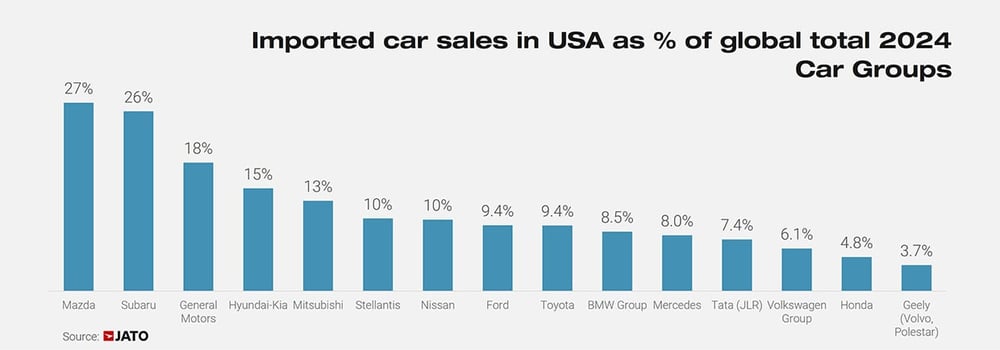



















































































![F/A-XX hints, icebreaker ambitions and previewing day two of Sea Air Space [VIDEO]](https://breakingdefense.com/wp-content/uploads/sites/3/2025/04/250407_SAS_2025_indopac_WELCH-scaled-e1744076170241.jpg?#)


